Acupuncture is one of the oldest and most sought after medical procedures in the world. It is an alternative to conventional treatment and can treat a wide number of chronic diseases. The term acupuncture is all about a variety of procedures which involves stimulation of certain points on the body with inn the help of a variety of techniques, using needles.
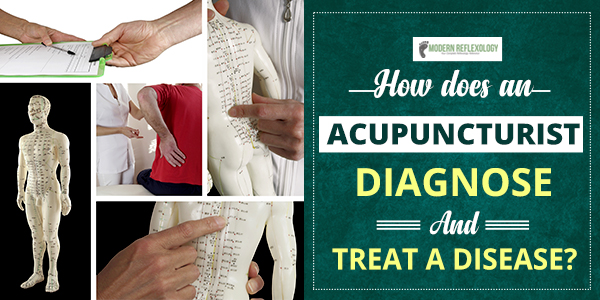
With conventional treatment not giving the desired benefits, the last decade has seen a renewed interest in Acupuncture. It is being increasingly used for treating conditions like reduction in pain, improve ment in fibromyalgia, headaches, and nausea, successfully treating obesity, treatment of arthritis and also for treating infertility.
Chinese acupuncture can treat as many as 461 diseases, but it is more potent in treating the nervous system, digestive system, muscle, bone, and nerve issues, stroke, diarrhea, dementia, skin rashes, and enteritis.
How does acupuncture work?
Acupuncture has myriad benefits, but how does it work? Extensive studies done on animals and humans have proven that Acupuncture garners biological responses in them.
These responses are usually noticed locally close to the site of application or also seen at a distance, by activating the sensory neurons located in the central nervous system. This can further lead to stimulation of pathways, causing a great impact on various physiological systems in the brain and in the periphery.
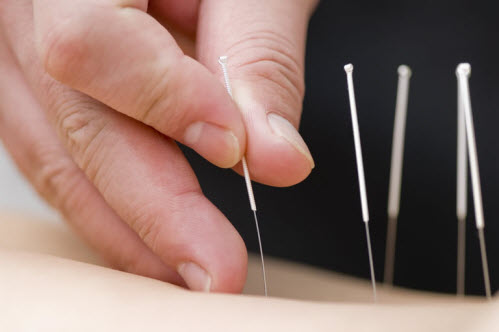
The role of endogenous opioids in acupuncture analgesia has attracted most attention. More and more studies have proven that opioid peptides get released during acupuncture and that the analgesic effects of acupuncture are proof of that.
The naloxone, which is an opioid adversary, reverses the analgesic effects of acupuncture and this hypothesis gets further validation. Activation by acupuncture also happens to stimulate the hypothalamus and the pituitary gland conclusively, giving rise to a series of systematic effects. A slight change in the secretion of neurotransmitters and neurohormones brings about a change in the blood flow in the central and peripheral region.
One more change noticed in patients undergoing acupressure is a boost in the immune system. But Science still has a divided opinion on these effects of acupuncture.
Despite great efforts to unravel the anatomy and physiology of the acupuncture points, the features and characterization of these points is still subject to dispute. What remains elusive is the scientific backing of some of the basic traditional Eastern medical concepts such as the circulation of Qi along with the meridian system, and other theories associated with eastern Acupuncture.
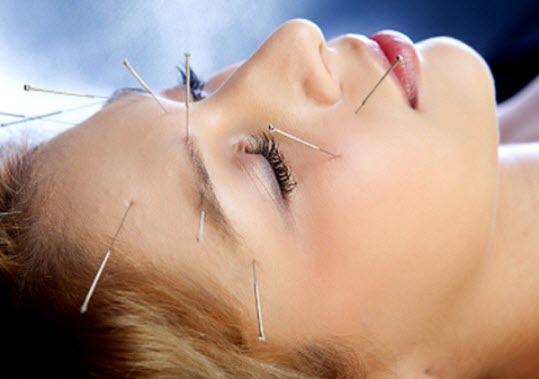
Acupuncture may not see eye to eye with contemporary biomedical information, but it continues to play an important role in evaluating the right condition of patients and the formulating treatments.
How Acupuncture Helps with Specific Conditions
Acupuncture can not only help maintain good health but also treat patients affected by a wide range of health problems. Acupuncture can be either used by itself on its own merit or with a number of complementary or conventional medicine treatments.
If you are wondering whether acupuncture is just the kind of treatment you are seeking, then first things first, try to fix up an appointment with an integrative medicine practitioner, where he/she will try and devise a treatment plan for your specific condition.
Acupuncture can actually be deployed to treat a number of conditions and health issues which include:
- Side Effects of Chemotherapy – Acupuncture can help with the side-effects associated with chemotherapy like nausea. It also increases immunity, relieves pain and increases energy levels.

- Headaches and migraines – Acupuncture has the power to reduce the severity and frequency of painful headaches, which includes headaches from stress and migraines.
- Chronic Fatigue Syndrome – Chronic Fatigue Syndrome (CFS) is a disorder that affects some people who are pretty clueless about the cause of the extreme fatigue. CFS is characterized by debilitating fatigue, which includes exhaustion and dwindling stamina, neurological problems, and flu-like symptoms.
- Chronic Neck and Back Pain – Acupuncture is also really helpful in getting great relief from chronic pain caused by spinal stenosis, disc herniation, spondylolisthesis disc herniation, and ankylosing spondylitis.
- Women’s health issues – Acupuncture also helps with women’s reproductive health, which includes enhancing fertility, relieving symptoms linked to premenstrual syndrome (PMS) and also reducing some of the trying symptoms of menopause. These symptoms include erratic mood changes, hot flashes, and also sleeplessness.
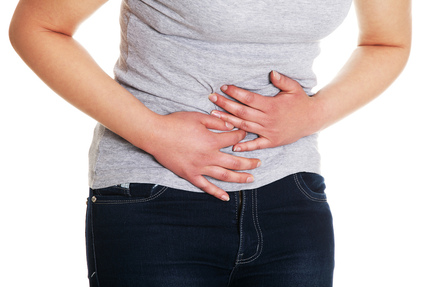
- General weakness – Chinese medicine evaluates the symptoms of fatigue and exhaustion that stems from weakened organs. Acupuncture can help revitalize and stimulate the affected organs because of underlying health issues.
- Asthma – New research coming from the last decade has shown that acupuncture can help effectively in controlling the symptoms of chronic respiratory conditions like asthma. It can control your asthma attacks and also their intensity.
- Fibromyalgia – Chronic fatigue and widespread pain in the fibrous tissues of the muscles, ligaments, and tendons are the chief characteristics of Fibromyalgia. Acupuncture is instrumental in providing relief from the pain associated with this condition.
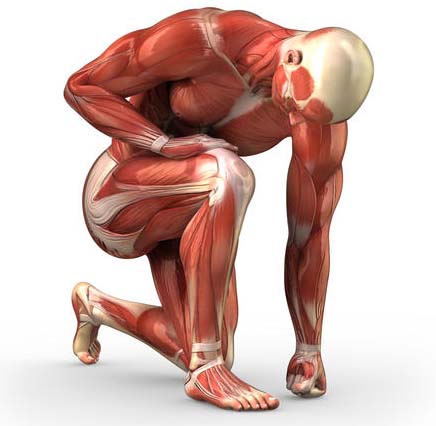
- Sports Injuries – Acupuncture can also be used to treat sports related injuries that are repetitive in nature.
- Gastrointestinal Disorders – Acupuncture can also be helpful in providing great relief from some of the discomforts caused by gastrointestinal disorders like chronic liver disease, irritable bowel syndrome, gastroesophageal reflux disease (GERD) and inflammatory bowel disease.
Acupuncture Treatment and its Effectiveness
Acupuncture is an ancient form of Chinese medicine mostly based on the principle of chi or energy flow. In the Chinese medicinal fabric, the free flow of chi throughout the body is what ensures optimal health. Chi is said to flow along twelve defined pathways, known as meridians, which are each linked to specific organs. If the flow of the chi is hampered in any way, illness may result.
Acupuncture works by placing very thin stainless steel sterile needles on different parts of the body to restore the flow of chi throughout your body. There are a whopping 365 acupuncture points along the meridian pathways, where needles are inserted to restore the lost balance of energy.
During your treatment, your acupuncturist first starts by zeroing in on various points along the appropriate meridians, which are cleaned with sterilized cotton dipped in alcohol. Next, the sterilized needles are placed on the selected points. Acupuncture needles vary in lengths and gauges, but are generally hair-thin, solid and made of stainless steel. Some acupuncturists may use pre-sterilized, disposable needles.
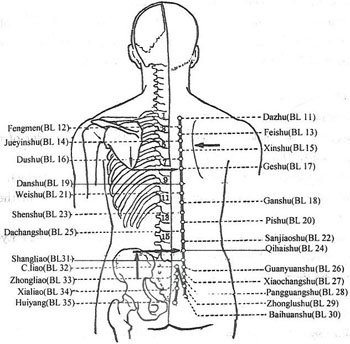
Usually, needles are placed just below the skin’s surface, but sometimes may go deeper; it usually depends on the points of treatment. Sometimes, patients do experience a fleeting sensation as the needle is first inserted. Once the needles are inserted in the right place, the pain is pretty bearable.
Acupuncture can have a deep and profound impact on the patients, the impact is chiefly positive, as they feel relaxed and have a general feeling of well-being. Contrary to popular belief, rather than feeling uncomfortable, the patients are surprised at the level of comfort they feel during the entire length of the treatment and how easily they can deal with the pain of the needles.
Needles are required to stay in place for about 30 minutes, but the duration of the treatment usually varies depending on individual requirements. After your acupuncturist does away with the needles, your insertion points can be gently cleansed with cotton dipped in alcohol.
The Four Ways the Acupuncturist Diagnoses Conditions
There are four ways to diagnose a patient: by looking, by listening, by smelling and by touching. Here is how it’s done:
-
Looking Diagnosis
Here the acupuncturist first observes the patient, examines their gait, muscle tone, their movement, their skin tone and color, facial expression, emotional behavior, and mannerisms. The tongue is also examined for color, markings and coating, noting the changes.
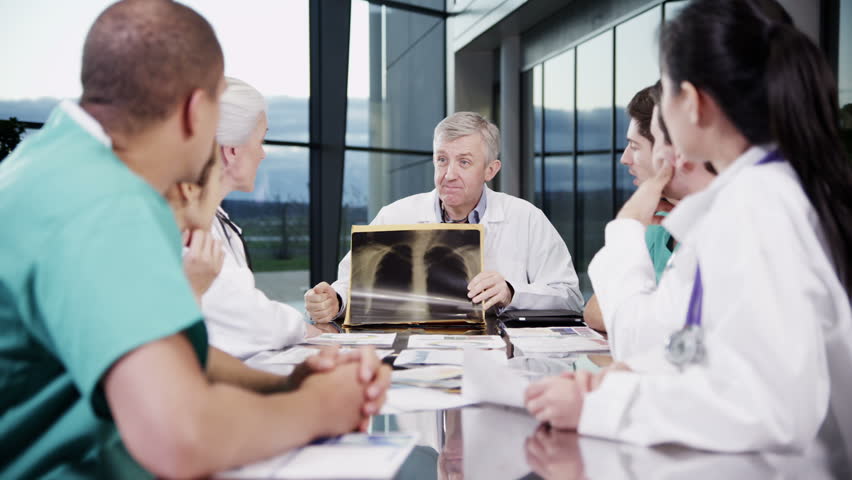
-
Listening Diagnosis
The acupuncturist also listens to the patient’s symptoms, medical history, and family health history like other doctors. But usually, the acupuncturist will also listen to the sound of the patient’s voice and try to gauge something from the underlying sound as it corresponds to the five major yin organs; which are a weeping sound, a singing sound, a groan, a shout, or even a flat sound. The underlying voice, its strength and clarity all come under the scanner.
-
Smelling and Tasting Diagnosis
The acupuncturist also asks about body odor and the tastes the patient experiences. This leads to an understanding of the underlying imbalance.
-
Touching Diagnosis
Feeling the pulse is another way of diagnosis for an acupuncturist. They feel the rate, rhythm and strength of the six pulses located on the wrist. Ancient Chinese medical texts identify about 28 major pulse qualities. The pulses quickly reveal more about an underlying health condition than the tongue.
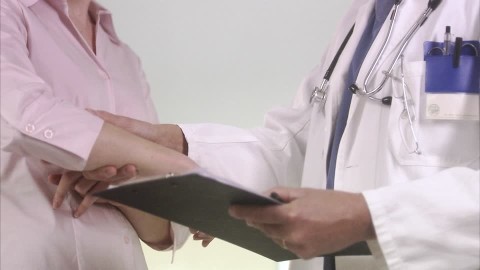
Acupuncture has had treated thousands of patients and with great results. Despite the seeming complexity of all of these systems, the real work involves assimilating all the information which leads to the diagnosis and finally, the treatment.

Comments are closed